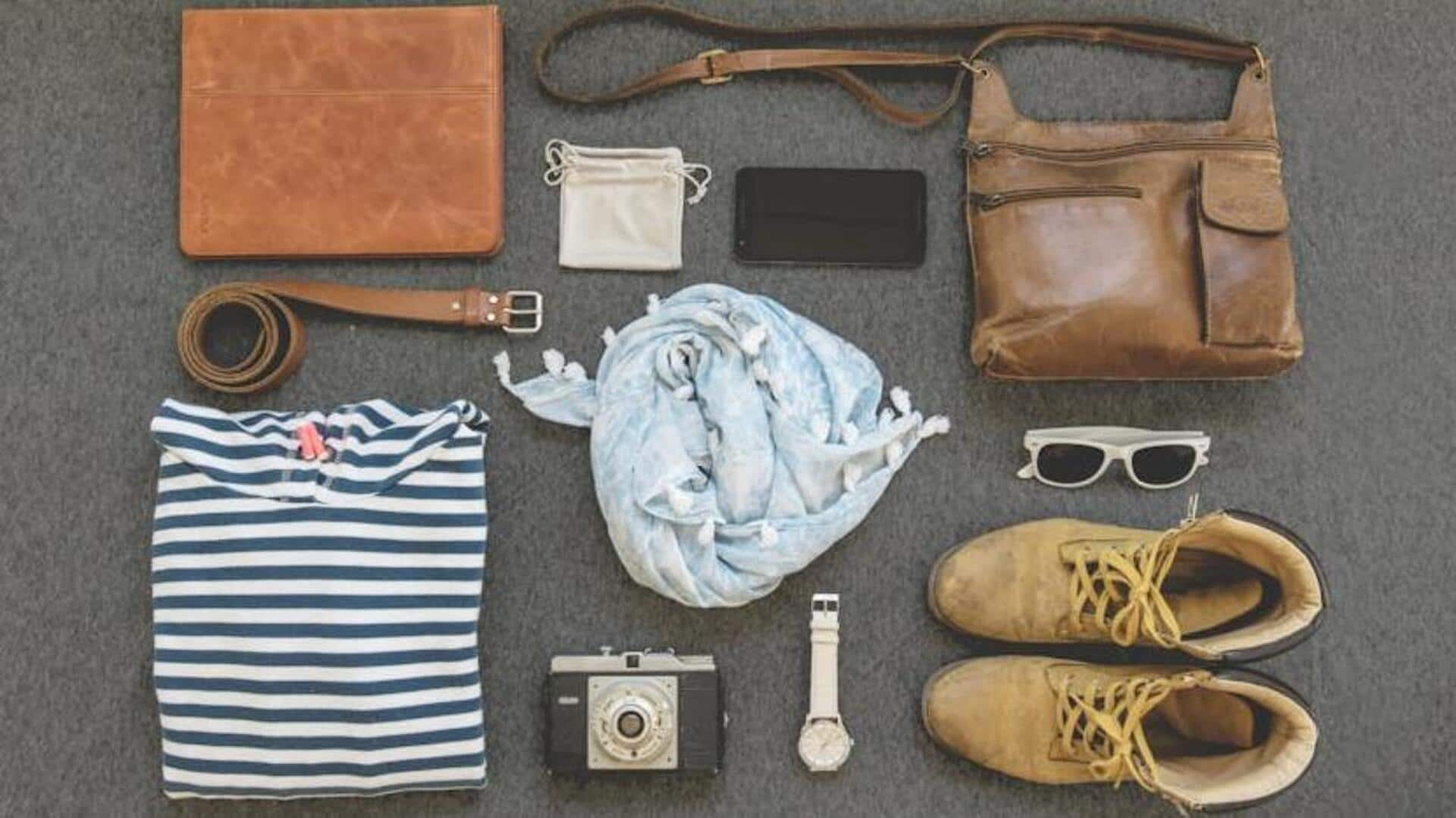
Tips to practice sustainable style on a budget
What's the story
Building a stylish wardrobe doesn't have to break the bank or the planet. In an era where sustainability is as much a necessity as it is a trend, thrifty fashion emerges as the savvy shopper's mantra. This article delves into how you can curate an eco-friendly closet without sacrificing style, ensuring your fashion choices are both economically and environmentally sound.
Background
The thrift movement
Thrifting has evolved beyond a niche hobby for vintage lovers, becoming a significant part of the sustainable living movement. As the detrimental effects of fast fashion gain more attention, secondhand shopping presents a responsible choice. Opting for pre-owned clothing not only diminishes waste but also contributes to the extension of the life cycle of garments, making it a smart and ethical shopping alternative.
Key concept
Conscious consumerism
Sustainable fashion calls for conscious consumerism, where choices are intentional, favoring quality and longevity over mass consumption. It's about opting for classic pieces that outlast trends and being mindful of your wardrobe's environmental impact. This approach involves understanding the full lifecycle of your clothing, allowing you to make informed decisions that benefit the planet while keeping your style intact.
Practical advice 1
Smart shopping strategies
Begin by evaluating your wardrobe, separating needs from wants. Shop for versatile pieces that can be styled into various outfits. Quality basics are key; they often come with a higher price tag but prove to be cost-effective as they endure through wear, trends, and time. This approach not only saves money in the long run but also supports sustainable fashion practices.
Practical advice 2
Eco-friendly fashion finds
Scour local thrift shops, garage sales, and online marketplaces to unearth secondhand fashion treasures. Engaging in this practice bolsters the circular fashion economy and often results in unique finds that infuse individuality into your wardrobe. By opting for these pre-loved pieces, you help minimize production emissions and waste, thus making a tangible positive environmental impact while also enriching your personal style.
Practical advice 3
The art of upcycling
Upcycling is a creative way to revitalize old clothes. By altering or repurposing garments that no longer fit your style, you can give them a second life. Engage in simple DIY projects such as dyeing faded denim or sewing on decorative patches. These small changes can turn worn-out items into chic, fashionable attire, demonstrating that style doesn't have to be sacrificed for sustainability.